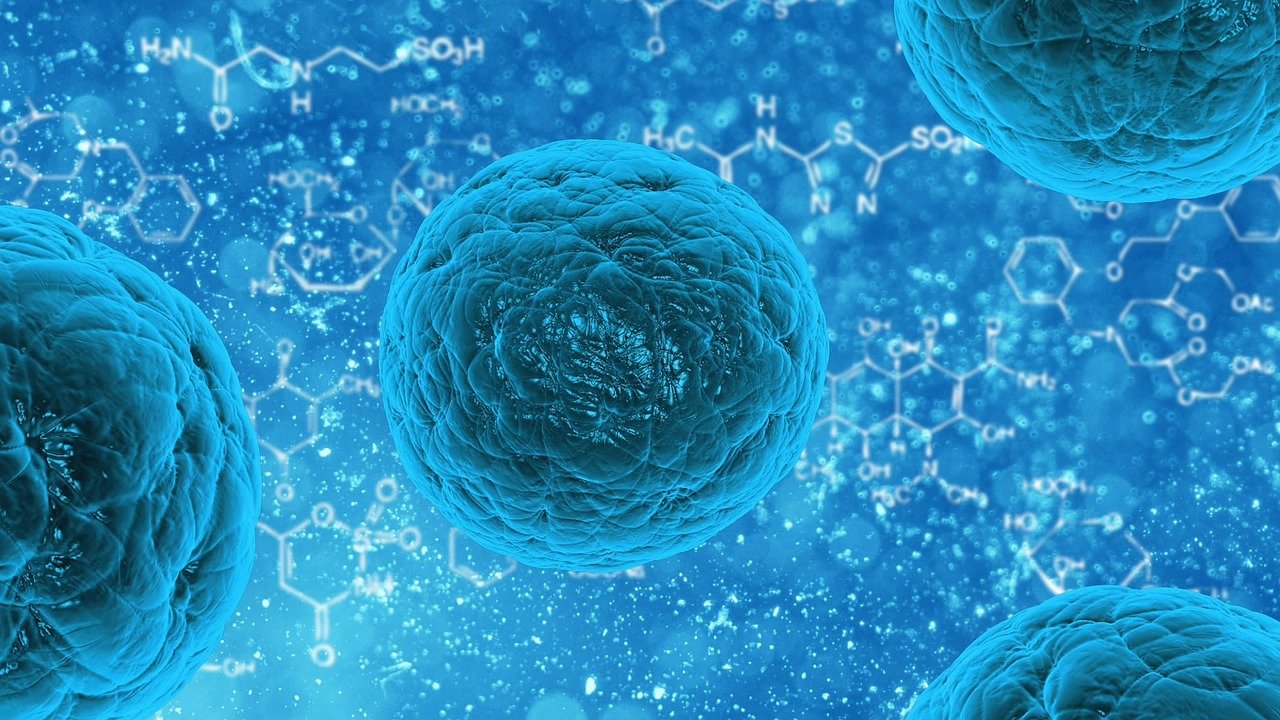RET | abbreviation : rearranged during transfection : one of several mutations currently identified as the driver, or underlying cause, of lung cancer.
RET-Positive Lung Cancer
What is RET-Positive Cancer?
The RET gene, or rearranged during transfection (RET) gene, is a receptor tyrosine kinase gene that plays an important role in cell growth and differentiation and in the development of nerve cells in the body. RET- positive non-small cell lung cancer is caused by an abnormal re-arrangement or fusion of the RET gene with other fusion gene partners leading to constitutive activation of the RET kinase which produces uncontrolled cell growth and cancer. This alteration basically results in the RET molecule “on-off” switch to get stuck in the “on” position and causing tumor growth (1). There are different types of RET rearrangements depending on the fusion gene partner. The most common RET fusion gene partner is KIF5B and the second most common is CCDC6 though at least 30 fusion partner genes have been identified to date (2,3). Investigators are currently studying the characteristics of each one in cancer development and treatment.
RET gene fusions occur most commonly in lung cancer (non-small cell lung cancer) and the number of new cases diagnosed each year is considerable, accounting for approximately 37,500 cases worldwide and 4,000 cases in the US (2% of NSCLC) (2,4). RET fusion NSCLC seem to be more prevalent in younger patients who have never or rarely smoked (5-7). Other RET alterations like RET mutations are also common in inherited and sporadic medullary thyroid cancer, and other types of cancers like ovarian, breast, pancreatic, and colorectal cancers, among others (8-12) adding >110,000 cases yearly worldwide (13).
Analyzing the tumors by sending a tissue sample from a tumor biopsy, or by sending a blood sample for a circulating cell-free DNA (cfDNA) test to a laboratory, to check for specific genetic alterations is the only way to detect cancer drivers like RET. If the test result is positive for a RET fusion or mutation of the RET gene, this information can help to identify effective treatment and clinical research options.

Treatments for RET-Positive Cancer
Currently selpercatinib (Retevmo) and pralsetinib (Gavreto) are the two FDA-approved RET-inhibitors that selectively target the RET protein. These treatments showed great benefit and durable responses in most patients but unfortunately within 1-3 years, many patients become resistant to the therapies and the cancer progress again (3, 12-13). Finding new therapies that prevent resistance or effective treatment option for RET patients who become resistant to selpercatinib and pralsetinib are crucial unmeet needs. Read more about RET lung cancer treatment options.
Resistance in RET-Positive Cancer Treatment
Targeted cancer therapies can be very effective in eliminating cancer cells, but unfortunately some tumor cells may escape the effect of the treatment and survive. The surviving cells are able to proliferate and drive tumor growth.
RET targeted therapies have shown promise in treating RET cancer. These medications specifically target the abnormal RET proteins, slowing cancer progression and improving patient outcomes. However, despite initial success, some patients develop resistance to these cancer treatments over time. Read more about RET lung cancer treatment resistance.
About RET-Positive Cancer
Those more likely to have RET positive lung cancer are:
- Younger
- Never smokers
- Women more commonly than men
RET fusions associated with NSCLC are more prevalent in younger patients who have never or rarely smoked. Abnormal fusion of the RET gene occurs in 2% of all lung adenocarcinomas, which is about 37,500 people annually.
©LUNGevity Foundation video used with permission.
References
- Drilon A. et al. Targeting RET-driven cancers: lessons from evolving preclinical and clinical landscapes. Nat Rev Clin Oncol 15, 151–167 (2018).
- Wang R. et al. RET Fusions Define a Unique Molecular and Clinicopathologic Subtype of Non–Small-Cell Lung Cancer. Journal of Clinical Oncology 30:35, 4352-4359 (2012).
- Santoro M. et al. RET Gene Fusions in Malignancies of the Thyroid and Other Tissues. Genes (Basel). 15;11(4):424 (2020).
- Drilon A. et al. Efficacy of Selpercatinib in RET Fusion-Positive Non-Small-Cell Lung Cancer. N Engl J Med. 27;383(9):813-824 (2020).
- Lin C, Wang S, Xie W, Chang J, Gan Y. The RET fusion gene and its correlation with demographic and clinicopathological features of non-small cell lung cancer: a meta-analysis. Cancer Biol Ther 2015;16:1019-28.
- Qiu Z, Ye B, Wang K, et al. Unique Genetic Characteristics and Clinical Prognosis of Female Patients with Lung Cancer Harboring RET Fusion Gene. Sci Rep 2020;10:10387.
- Hess, L.M., et al., Characteristics and outcomes of patients with RET-fusion positive non-small lung cancer in real-world practice in the United States. BMC Cancer, 2021. 21(1): p. 28.
- Wirth L.J. et al. Efficacy of Selpercatinib in RET-Altered Thyroid Cancers. N Engl J Med. 27;383(9):825-835 (2020).
- Subbiah V. et al. Pan-cancer efficacy of pralsetinib in patients with RET fusion-positive solid tumors from the phase 1/2 ARROW trial. Nat Med. 28(8):1640-1645 (2022).
- Watanabe S. et al. Complete Response to Selective RET Inhibition With Selpercatinib (LOXO-292) in a Patient With RET Fusion-Positive Breast Cancer. JCO Precis Oncol. 11;5:PO.20.00282 (2021).
- Kloosterman W.P. et al. A Systematic Analysis of Oncogenic Gene Fusions in Primary Colon Cancer. Cancer Res. 15;77(14):3814-3822 (2017).
- Guan L. et al. Oncogenic and drug-sensitive RET mutations in human epithelial ovarian cancer. J Exp Clin Cancer Res. 23;39(1):53 (2020).
- Sung H. et al. Global Cancer Statistics 2020: GLOBOCAN Estimates of Incidence and Mortality Worldwide for 36 Cancers in 185 Countries. CA Cancer J Clin. 71(3):209-249 (2021).

